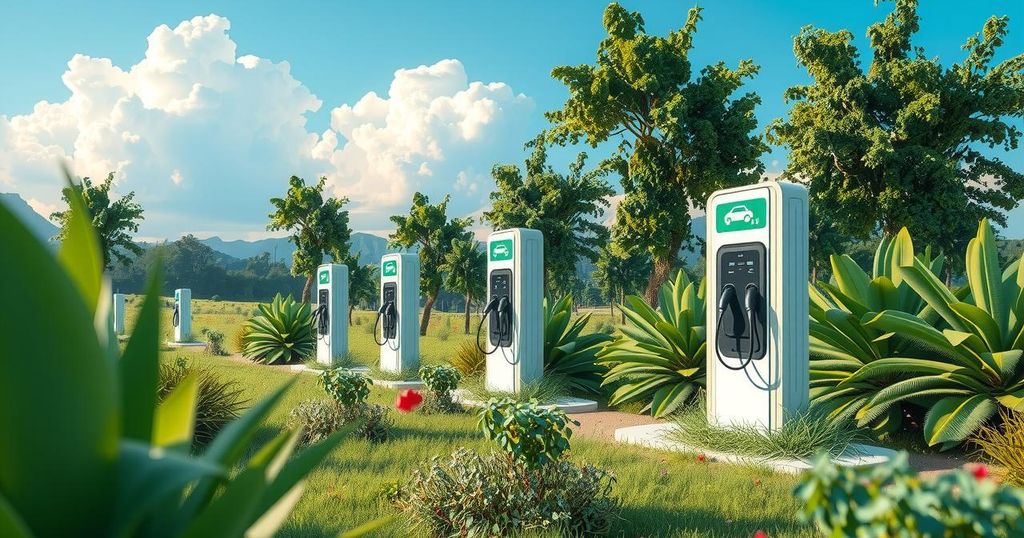Kenya’s Electric Vehicle Adoption Aligns with Global E-Mobility Surge

Kenya is witnessing a notable increase in electric vehicle adoption in line with global trends. The International Energy Agency reports a 25% rise in worldwide electric vehicle sales, with China as the primary contributor. In Kenya, energy consumption in the electric mobility sector surged by 466%, yet it still constitutes only 0.03% of overall energy consumption, indicating substantial room for growth.
Kenya is experiencing a significant increase in the adoption of electric vehicles and motorcycles, aligning with the global trend towards e-mobility driven by climate initiatives. A report by the International Energy Agency (IEA) highlights a 25% growth in electric vehicle sales worldwide in 2024, with total units surpassing 17 million, a marked increase from less than 14 million in the prior year.
The IEA’s 2025 Global Energy Review indicates that electric vehicles now comprise over 20% of all automobile sales globally. China continues to dominate this market, accounting for nearly two-thirds of global electric vehicle sales with an impressive annual growth rate of approximately 40%. Emerging markets, particularly those outside China, have also seen a striking 80% increase in electric vehicle sales year-on-year.
In Kenya, the Energy and Petroleum Regulatory Authority (EPRA) reports a remarkable 466% increase in energy consumption within the electric mobility sector over a six-month period leading to December 2024. This result reflects a surge in consumption from 0.32 GWh in the previous year to 1.81 GWh, showcasing a growing interest in electric vehicles and motorcycles.
Despite this substantial increase, electric mobility still represents a mere 0.03% of Kenya’s overall energy consumption. EPRA’s findings reveal that industrial consumers dominated the electricity usage, consuming 2,807.10 GWh, or 51.18% of total energy. This figure reflects a 101.0 GWh increase from the previous year, attributed to heightened industrial activity.
Domestic consumers utilized 1,728.19 GWh, up from 1,599.33 GWh, representing 31.51% of total energy consumption. Small commercial enterprises accounted for 902.94 GWh, an increase from 843.04 GWh, while street lighting consumption decreased from 56.48 GWh to 44.48 GWh, comprising 0.81% of total energy usage.
In summary, Kenya’s embrace of e-mobility reflects a broader global trend towards electric vehicles, propelled by climate action goals. The surge in electric vehicle adoption, evidenced by significant increases in energy consumption, highlights the potential for growth despite its current minimal contribution to total energy use. Continued monitoring of industrial and domestic energy consumption trends will be essential as the country progresses on its electric mobility journey.
Original Source: eastleighvoice.co.ke





